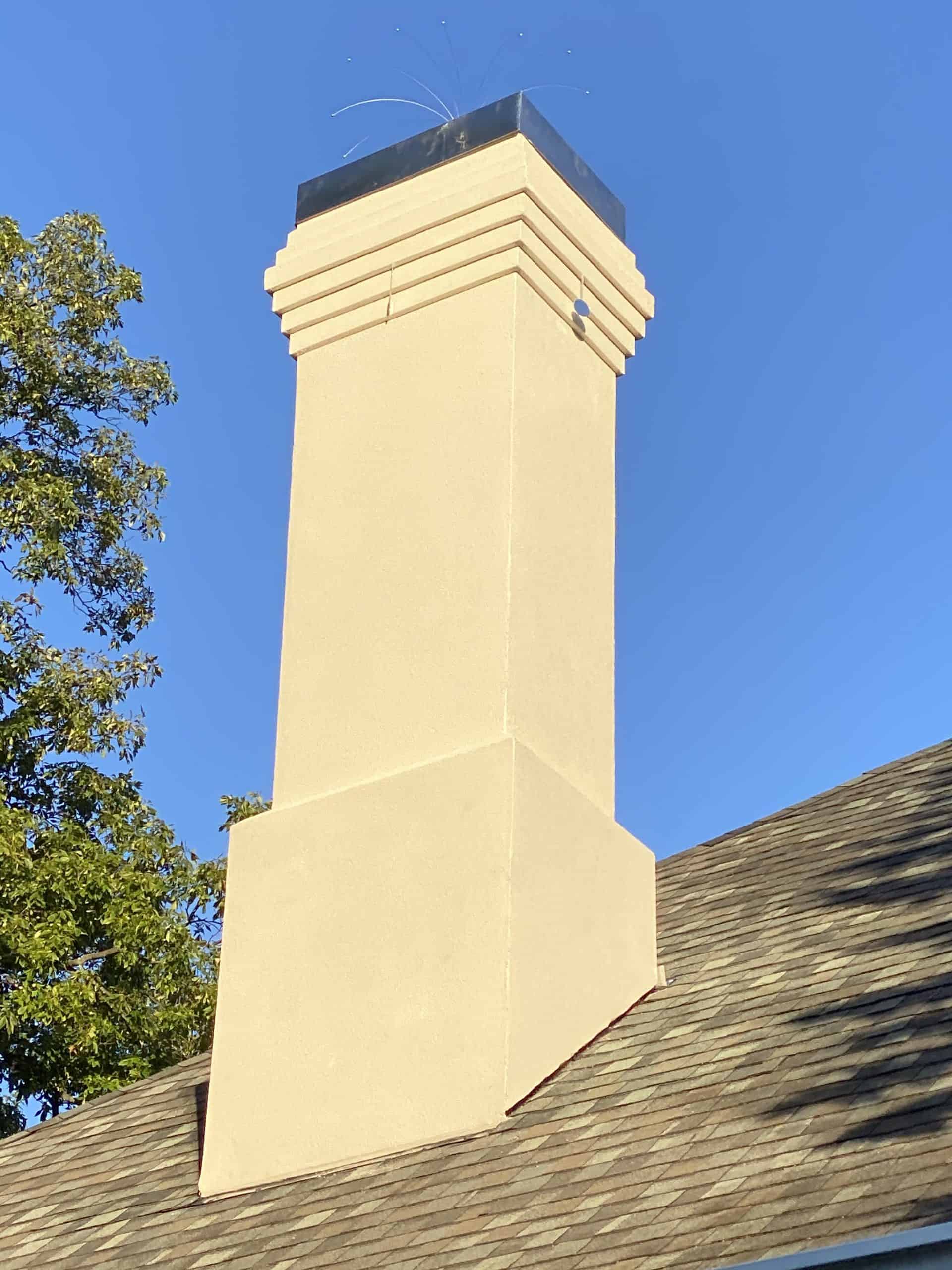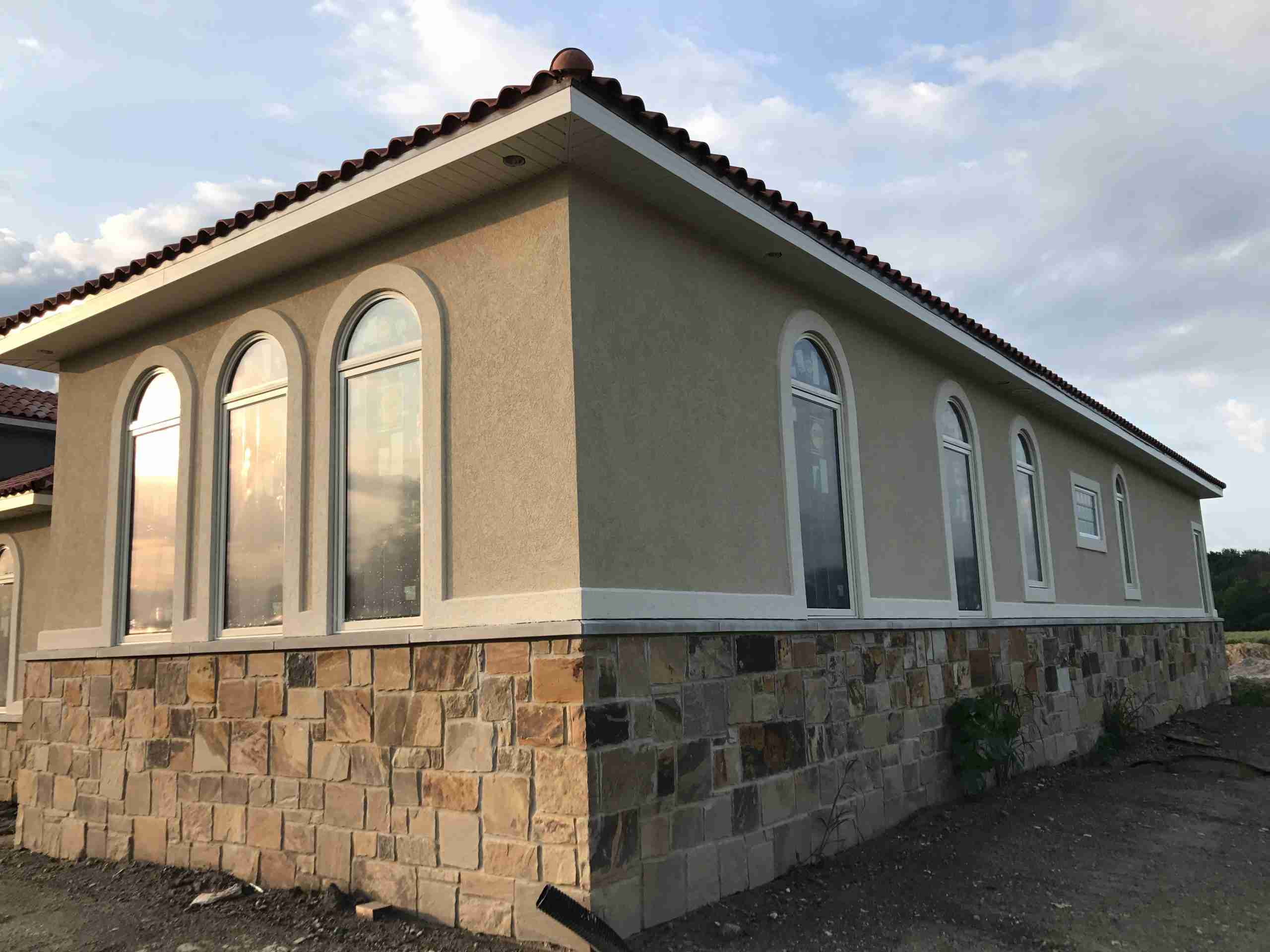Expert EIFS Repair - Using The Best EIFS Manufactured-Based Coatings Only
E.I.F.S. (Exterior Insulation and Finish System) REPAIR, Do Not Make the Mistake of Hiring a painting contractor to patch EIFS, patching EIFS is a tedious process for a trained professional, and certainly not the job for a painter! Before hiring a painter, take a quick trip through any local shopping center or retail center, paying close attention to the signage walls above. We Will Let You Decide Who Patched What. Whether you have water damage or an exterior that has shown its age with Mold or Cracks. Indiana Walls can help you recapture your exterior beauty, and or design a whole new concept that will stand out for years to come.
As the years go by EIFS and stucco may dull from the constant element exposure, most find that a Quick fix from a painting contractor leaves them in the same boat a year down the road, only with cracks and peeling paint this time around. Correctly repairing EIFS for buildings is more complicated than a coat of paint, the anti-bonding properties in the EIFS (synthetic) finishes introduced to repel mold and mildew, are made to work against the very bond sought after by the paint manufacturers, causing delamination of the paint products at a faster than normal pace. We only apply correct materials for every situation, always utilizing EIFS manufacturer-based coatings, rather than the much harder paint products, offering a more permanent fix that last. Indiana Walls will inspect your exterior and isolate your problem and walk you through the repair/re-new process step by step.
EIFS: Building Better Exteriors
PAINTING EIFS CHANGES THE TEXTURE – Most EIFS repair contractors simply will not tell you, that even though you may have matched your existing EIFS color in perfect form, there is ALWAYS a noticeable difference in painted/unpainted EIFS, regardless if its a new application, or one that has been applied years ago. The paint fills the tiny texture pores thereby reducing the shadow, and therefore making the material appear much lighter than the unpainted new/existing EIFS. In most situations the Owner has areas of repair extensive enough for total replacement of the base/finish, creating a new EIFS area, while only painting areas in better shape, not realizing the obvious difference they will soon see. Indiana Wall Systems ALWAYS makes our customers aware of this unsightly mess beforehand, often offering up pricing, containing the painting of the new EIFS area as well, and all for less than our competitors. There are no surprises in our repairs, and we will educate you, the customer on steps that should be taken to prevent obvious differences in post-finish condition.
WOODPECKERS – As many of you already know very well, there are a few species of woodpeckers who regularly attack E.I.F.S. products.
Repairing Woodpecker holes can, and often will, begin to be a problem, leaving the homeowner with an unsightly mess of patches, and or refacing the EIFS many times per year.
Due to the Indiana Department of Natural Resources and Federal Agencies, these animals are a protected species, which adds to the difficulty in ceasing their periodic, and sometimes annual attacks on homes. The holes created by these creatures allow moisture to saturate sub-straights, causing mold, mildew, and general decay to the biodegradable wood and combustible construction materials, typically used here in the States. Leaving an open hole in EIFS is never a good idea.
Years of dealing with what seemed to be an odd issue at first became nothing short of a real battle. With several trips back to homes, repairing small holes, oftentimes high up on the side of a home, presenting tedious EIFS patching situations throughout what were in many cases, new walls! We have our own methods of dealing with these birds. Our methods do not harm the birds, but rather scare them, and keep them from coming back. With a few small installations, we will have your home bird-free, hole free forever. We have seen many ideas online over the years, always ending in failure. But our customers know very well and are set back with a real piece of mind, bird, and hole free. (Certainly not speaking of Dryvit’s Owls)
Standing behind our work for a full decade, created real sustainable problems in dealing with these birds, and their substantial contribution to our workload, and obviously needed repetitive mobilizations to both honor our claims, and retain our reputation. Pouring many hours of on-site research and development, we discovered real quick back then, most methods of stopping these birds were pure Bologna. It takes keen observation and charting, followed by very specific placement and delivery, rendering absolute elimination, leaving birds in the trees unharmed, and walls looking as good as the day we finished them. Our methods include no pesticides, electric, moving parts, unsightly additions, Owls, dummies, or any of the other endless contributions aimed at stopping this problem.
Contact or Call Us (765) 341-6020 for a FREE ESTIMATE!
Frequently Asked Questions on EIFS Repair
How To Repair EIFS Cracks?
1. Clean the affected area with a wire brush to remove any loose debris or dirt.
2. Fill any deeper cracks with an EIFS filler material.
3. Apply a base coat of EIFS to the entire affected area and let it dry.
4. Apply a top coat of EIFS to match the surrounding finish and let it dry.
5. Finish off by painting or texturing the repaired area to match the rest of the wall.
It’s important to remember that if the cracks are significant, it may be wise to hire a professional to assess the damage and do the repair work. Also, inspecting the insulation properties and moisture levels, as well as the type of EIFS material used, can all affect the repair process.
How To Repair EIFS Holes?
1. Remove any loose debris: Before making repairs, the affected area must be cleaned out to get rid of any loose debris, dirt, or other materials. Use a circular wire brush or sandpaper to remove dirt, debris, or paint near the EIFS hole.
2. Fill the hole with a base coat: After cleaning out the affected area, use an EIFS trowel to apply a base coat over the hole. Apply enough pressure to push the base coat inside the hole and create a thin, even layer over the surface.
3. Apply finish coat: Once the base coat has dried, apply a finish coat that is similar to your EIFS system. Apply the finish coat over the base layer using a round-tipped trowel. Use light pressure and gentle strokes to ensure that the coat is uniform.
4. Allow the surface to dry: After applying the finish coat, allow it to dry for at least 24 hours or as indicated in the instructions for that particular product.
5. Sand and texture: Once the surface has dried, use sandpaper to give it a smooth finish. Texture can be added as per preference.
6. Paint: If necessary, paint the entire repaired section or touch up the paint in the surrounding areas to match the repaired section.
Always make sure to follow the specific instructions for the product being used and take safety precautions such as wearing protective gear. If the damage is significant, it is recommended to call a professional for repair or replacement.
How Long Do EIFS Last?
EIFS (Exterior Insulation and Finish System) can last anywhere from 20 to 30 years or more with proper installation and maintenance. The longevity of an EIFS system largely depends on factors such as the quality of materials used, the climate and weather conditions in the area, the skill and experience of the installation team, and the level of maintenance carried out by the property owner. Regular inspections, repairs, and cleaning can help extend the lifespan of an EIFS system.
What Are The Indications That My EIFS System Is Deteriorating Or Has Already Deteriorated?
Here are some signs that may indicate EIFS (Exterior Insulation and Finish System) deterioration:
1. Blisters or bubbles in the EIFS surface
2. Cracks or gaps in the EIFS surface
3. Discoloration or staining of the EIFS surface
4. Water stains or mold growth on the interior walls near the EIFS surface
5. Warping, delaminating, or buckling of the EIFS surface
6. Dampness or moisture penetration in the EIFS surface
7. Soft or spongy spots in the EIFS surface
8. Loose or missing sections of the EIFS surface.
Contact or Call Us (765) 341-6020 for a FREE ESTIMATE!


